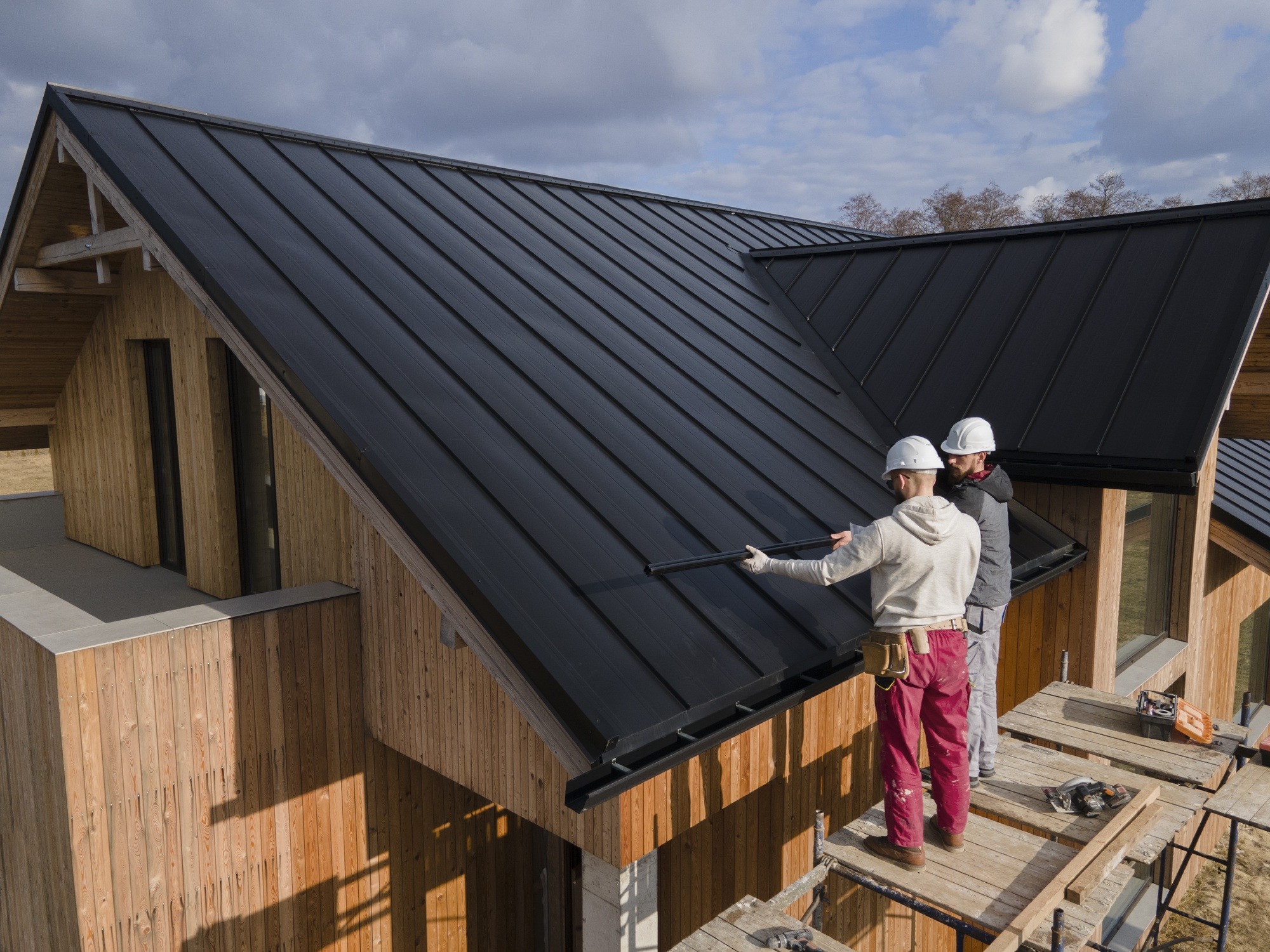December 22, 2024 | By Matt Olderman | Filed below: Weblog
Choosing the proper underlayment on your steel roofing system is important for the sturdiness and efficiency of your roof. Because the layer between your roof deck and steel panels, it serves numerous functions, comparable to offering moisture safety, minimizing noise, and guaranteeing thermal stability. Working with main steel roof installers might help you navigate underlayment choices and choose the perfect answer tailor-made to your wants, guaranteeing optimum roof efficiency for years to return.
Sorts of Steel Roof Underlayment
Conventional felt paper, usually used below asphalt shingles, is probably not essentially the most appropriate selection for steel roofing. Artificial underlayments, constituted of polyethylene or polypropylene, provide enhanced safety and sturdiness. These trendy supplies are extra resistant to ripping and have higher publicity rankings than conventional felt. For added safety, high-temperature self-adhering underlayments are particularly engineered for steel roofing programs, offering sturdy resistance in opposition to ice dams and water infiltration. The best selection is determined by components like local weather, roof pitch, and the precise necessities of your mission.
Set up Methods and Necessities
Correct set up of underlayment begins with a clear, dry roof deck. Start on the eaves and work upward, guaranteeing every row overlaps in keeping with producer tips, sometimes 4 inches on horizontal seams and 6 inches on vertical seams. For roofs with a low slope (2:12 to 4:12), double protection could also be mandatory. Further consideration ought to be given to crucial areas comparable to valleys, ridges, and penetrations, which can require extra layers or specialised supplies. Selecting the right fasteners and spacing is important to forestall underlayment failure and guarantee long-term efficiency.
Local weather Concerns and Specs
Underlayment necessities range relying on the local weather. In colder areas, ice and water defend alongside eaves, valleys, and different susceptible areas is indispensable to forestall ice dam injury. In hotter climates, high-temperature-rated underlayments are mandatory to resist excessive warmth with out degrading. Coastal environments might demand corrosion-resistant fasteners and underlayments designed to resist salt spray. Familiarizing your self with native local weather situations and constructing codes is important for choosing the best underlayment system.
Air flow and Moisture Administration
Deciding on the fitting underlayment is pivotal to making sure efficient air flow and moisture management. Some artificial underlayments are breathable, permitting water vapor to flee whereas blocking liquid water. This characteristic is essential for stopping condensation-related points in steel roofing programs. In high-humidity environments, incorporating a ventilated air house between the underlayment and steel panels can improve airflow and cut back the chance of condensation, thereby defending the integrity of the roof.
Different associated posts:
Get A Free Roofing Session

